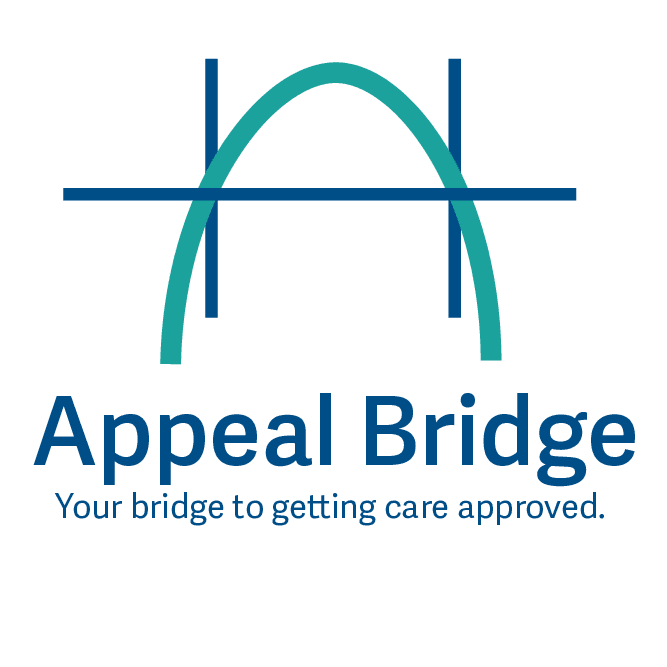How to Appeal a GLP-1 Medication Denial: A Step-by-Step Guide for Patients and Providers
Being denied insurance coverage for a GLP-1 medication like Ozempic, Wegovy, or Mounjaro can feel frustrating and overwhelming. You and your doctor know that these medications are often essential for managing diabetes or obesity, yet insurers frequently push back due to strict criteria or high costs.
The good news? A denial doesn’t have to be the end of the story. Most health plans have a structured appeal process, and many patients are successful once they submit the right information. This guide will walk you through why denials happen, what to look for in your denial letter, and how to file a strong appeal.
Why GLP-1 Medications Are Often Denied
Before starting an appeal, it helps to understand why insurers deny GLP-1 medications in the first place. Some common reasons include:
Cost of therapy – GLP-1 medications are expensive, and insurers may require extra documentation before agreeing to cover them.
Strict coverage criteria – Insurers often approve GLP-1s only for patients who meet certain BMI thresholds or have conditions such as type 2 diabetes, cardiovascular disease, or sleep apnea.
Step therapy requirements – Your plan may require you to try (and fail) other treatments before approving a GLP-1.
Incomplete prior authorization – If your doctor’s office didn’t submit all required paperwork or labs, the insurer may deny the request.
Understanding the “why” behind your denial is the first step in building a successful appeal.
Step 1: Read Your Denial Letter Carefully
When you receive a denial, the insurer is required to send you a letter explaining their decision. Look for:
The exact reason for denial – This tells you what you need to counter in your appeal.
Appeal deadlines – You usually have 30–180 days to file, depending on your plan.
Instructions for filing an appeal – Some insurers require specific forms or submission methods.
Tip: Keep this letter handy. You’ll reference it multiple times during the appeal process.
Step 2: Gather Supporting Documentation
A strong appeal is built on evidence and medical necessity. Gather the following before you start writing:
A letter of medical necessity from your provider, explaining why the GLP-1 is essential.
Relevant medical records (lab results, BMI documentation, previous medications tried).
Clinical guidelines (such as ADA or AACE recommendations) showing that GLP-1 medications are standard care for patients like you.
A copy of the denial letter for reference.
The more thorough your documentation, the harder it is for the insurer to dismiss your request.
Step 3: Write Your Appeal Letter
Your appeal letter is your opportunity to make the case directly to your insurer. Here’s a simple structure:
Patient information – Name, insurance ID, policy number.
Statement of appeal – Clearly state you are appealing the denial of [medication name].
Reason for medical necessity – Include your diagnosis, history, and why this medication is appropriate.
Supporting evidence – Reference your provider’s letter, medical records, and relevant guidelines.
Polite but firm tone – Stay professional. The goal is to persuade, not vent frustration.
Example opening:
“I am writing to formally appeal the denial of coverage for Wegovy, prescribed by my physician, Dr. Smith. This medication is medically necessary for the treatment of my type 2 diabetes and obesity, and is supported by current clinical guidelines. I am requesting reconsideration of this denial based on the enclosed documentation.”
Step 4: Submit Your Appeal on Time
Follow the instructions in your denial letter carefully. Some insurers accept appeals by:
Mail (certified mail is best so you have proof of delivery).
Fax to a designated appeals department.
Online portals for faster processing.
Always keep copies of everything you submit, including receipts, letters, and forms.
Step 5: Strengthen Your Case
A few extra steps can boost your chances of success:
Involve your provider – A strong letter of medical necessity carries weight. Ask your doctor to explain why other medications won’t work or why starting with a GLP-1 is the safest option.
Highlight guidelines – Mention ADA or AACE clinical guidelines that recommend GLP-1 medications in your case.
Track deadlines – Missing an appeal deadline is one of the most common reasons appeals fail.
Step 6: Know Your Next Options
If your first appeal is denied, don’t give up. Most plans allow:
Second-level appeals – These may involve a review by an external physician.
External review – In many states, you can request an independent medical review outside your insurer.
Employer or HR involvement – If your coverage is through work, your HR department may be able to help escalate the case.
Persistence pays off. Many patients win approval after multiple appeals.
How AppealBridge Can Help
We know this process can feel like a full-time job. That’s why we created AppealBridge — to make it easier for patients and providers to fight for the care they need.
With AppealBridge you can:
Generate a professional appeal letter in minutes.
Ensure you include all required documents and arguments.
Meet your insurer’s deadlines without the stress.
Instead of spending hours piecing together paperwork, AppealBridge gives you a head start with everything you need in one place.
Final Thoughts
Insurance denials for GLP-1 medications are discouraging, but they are not the final word. By carefully reading your denial letter, gathering strong evidence, and submitting a well-structured appeal, you significantly improve your chances of success.
If you’re ready to take the next step, let AppealBridge guide you through the process. With the right tools, persistence, and support, you can turn a denial into an approval.
*Start your appeal today at AppealBridge.com
